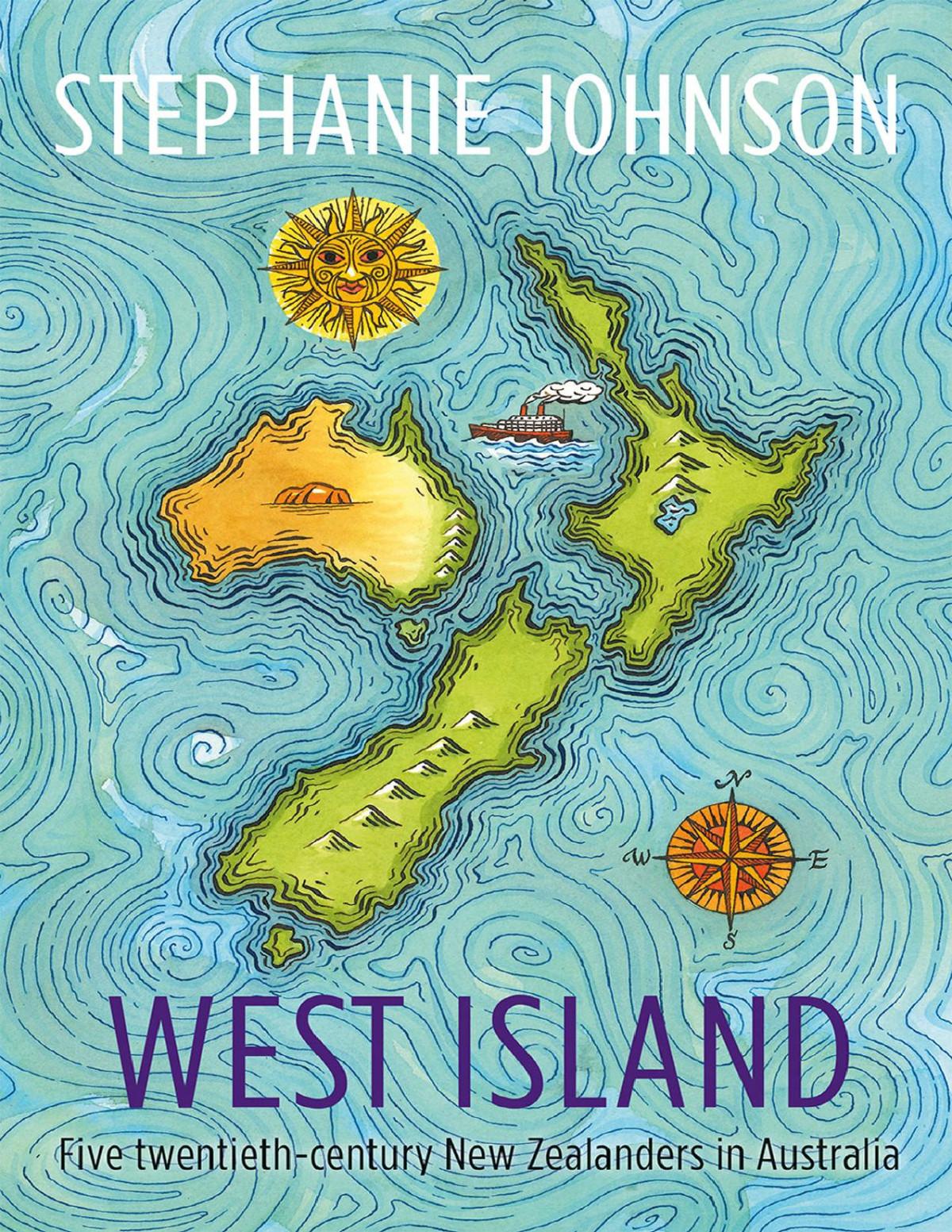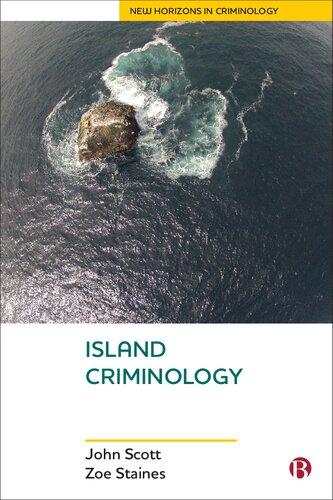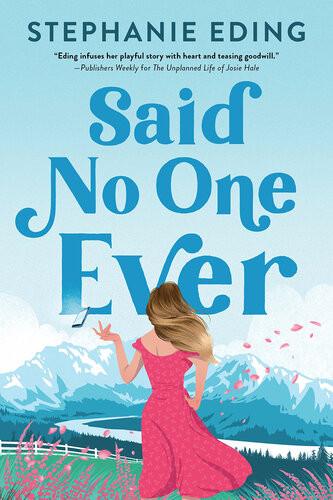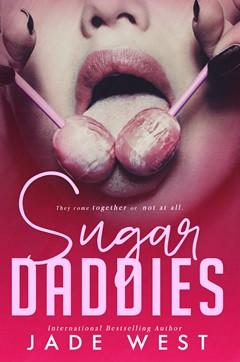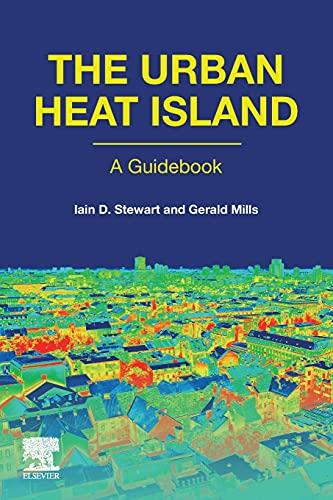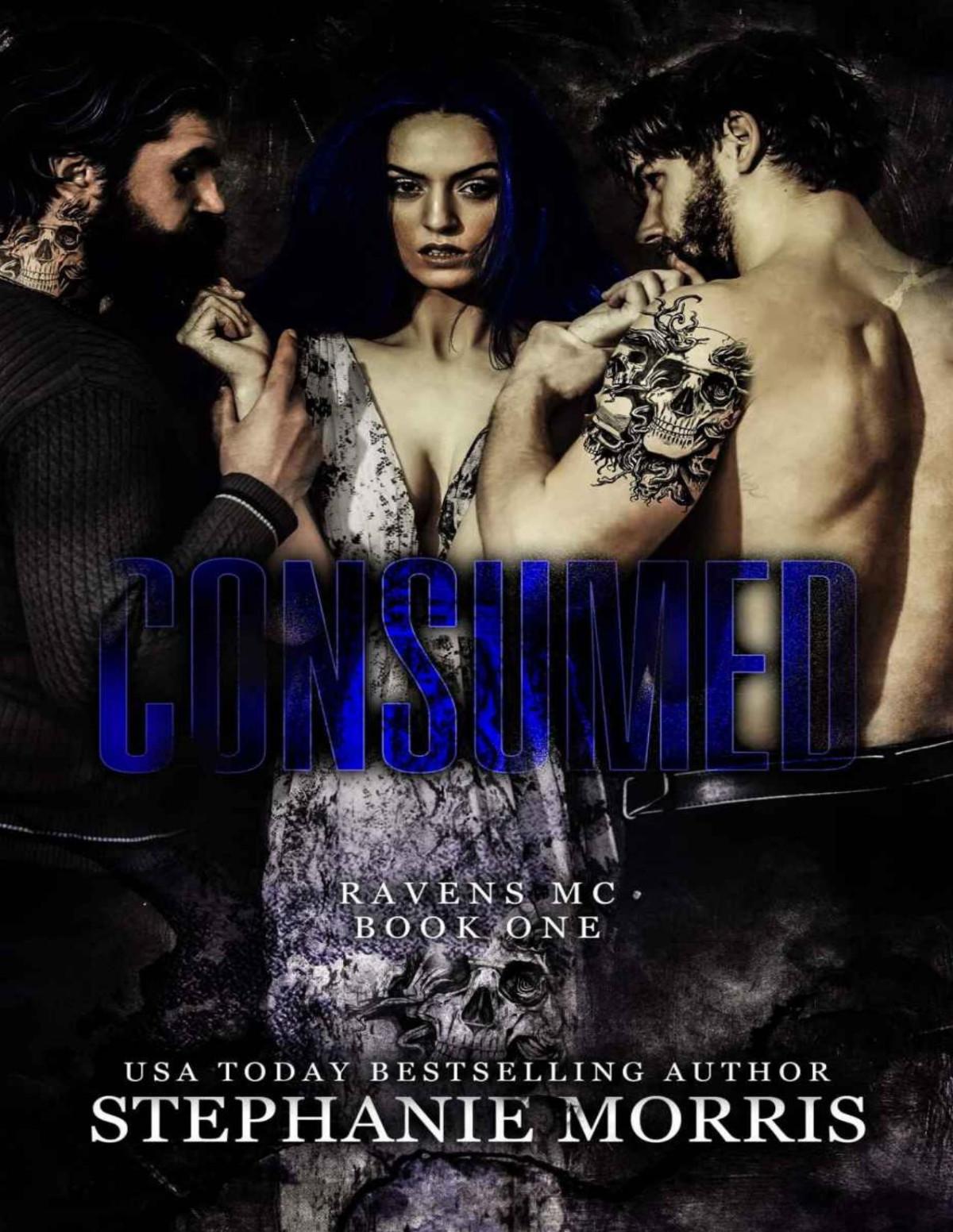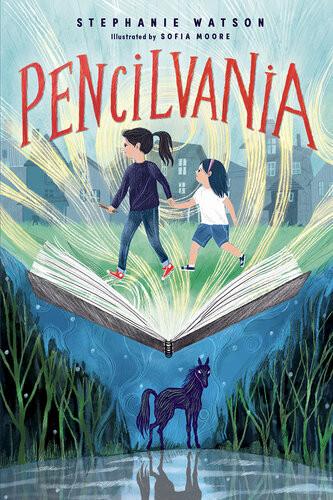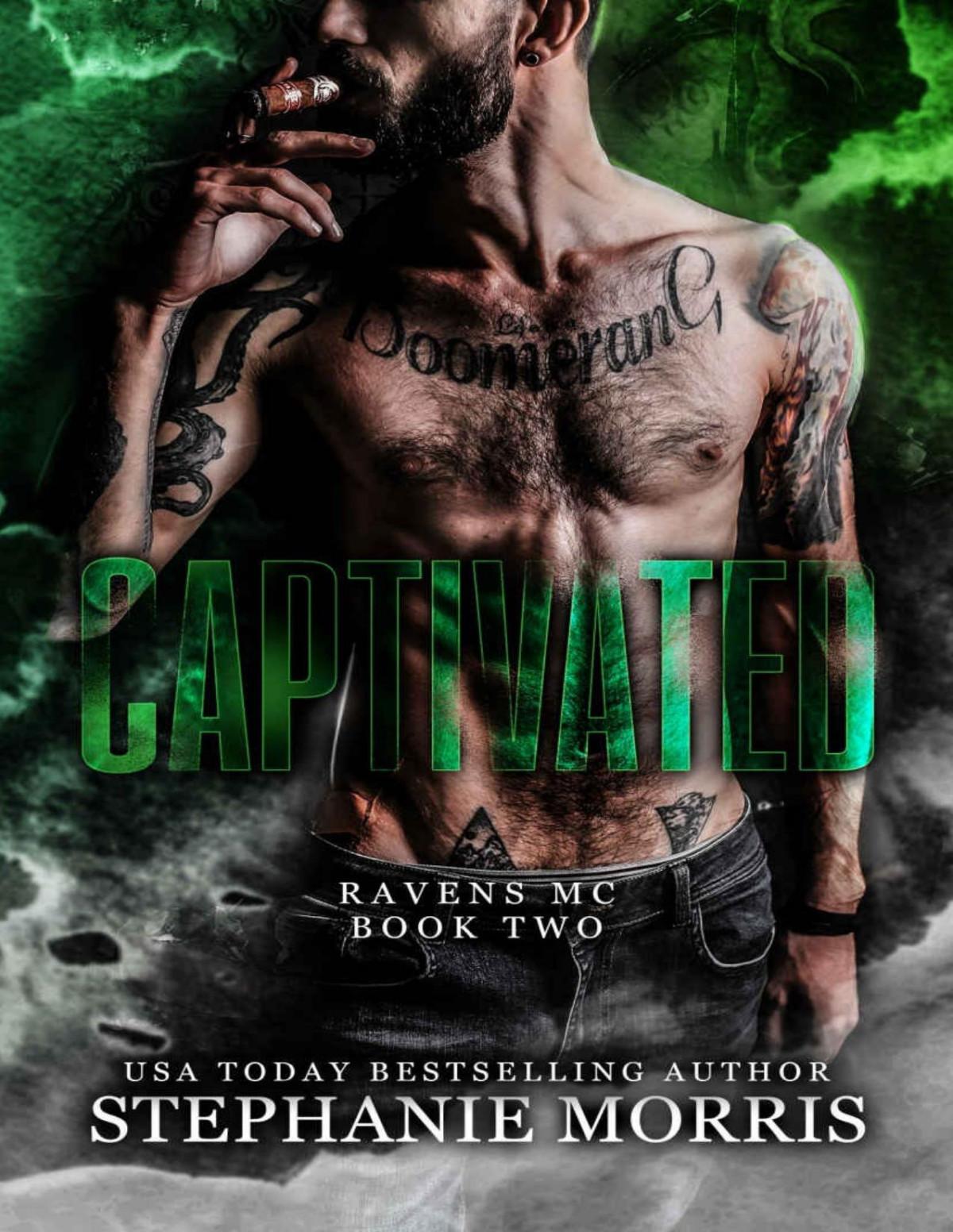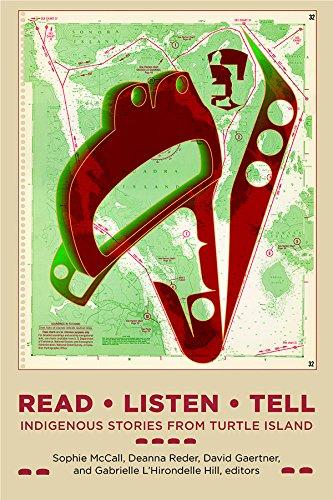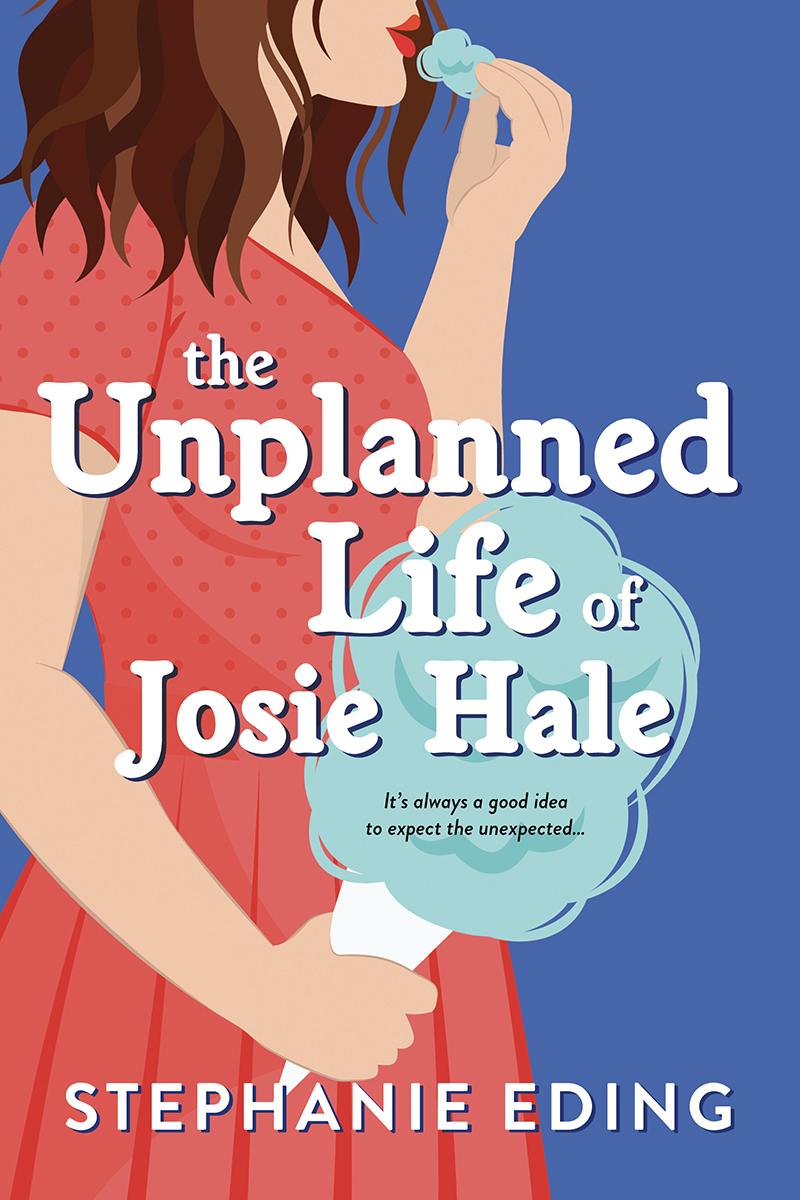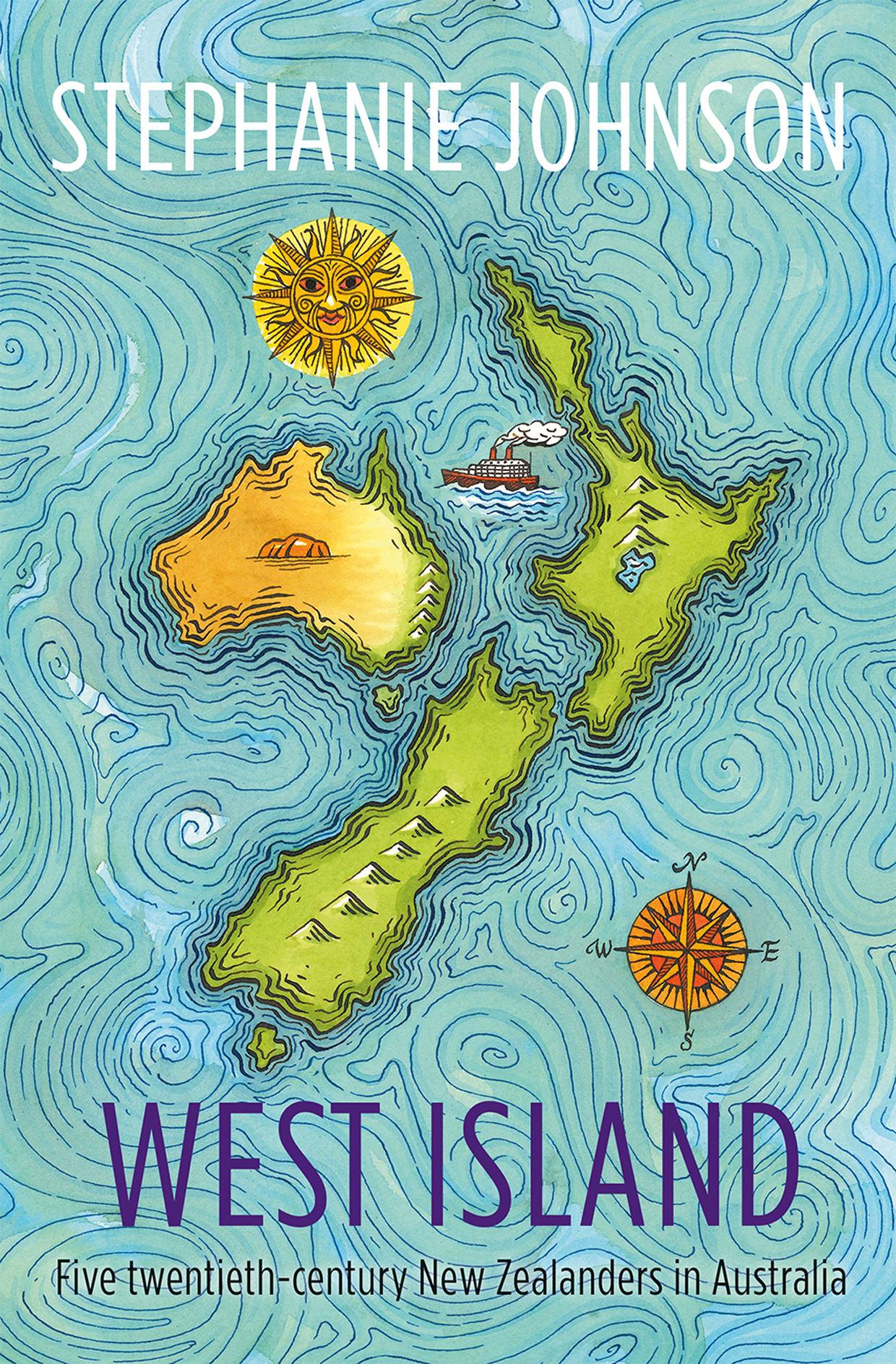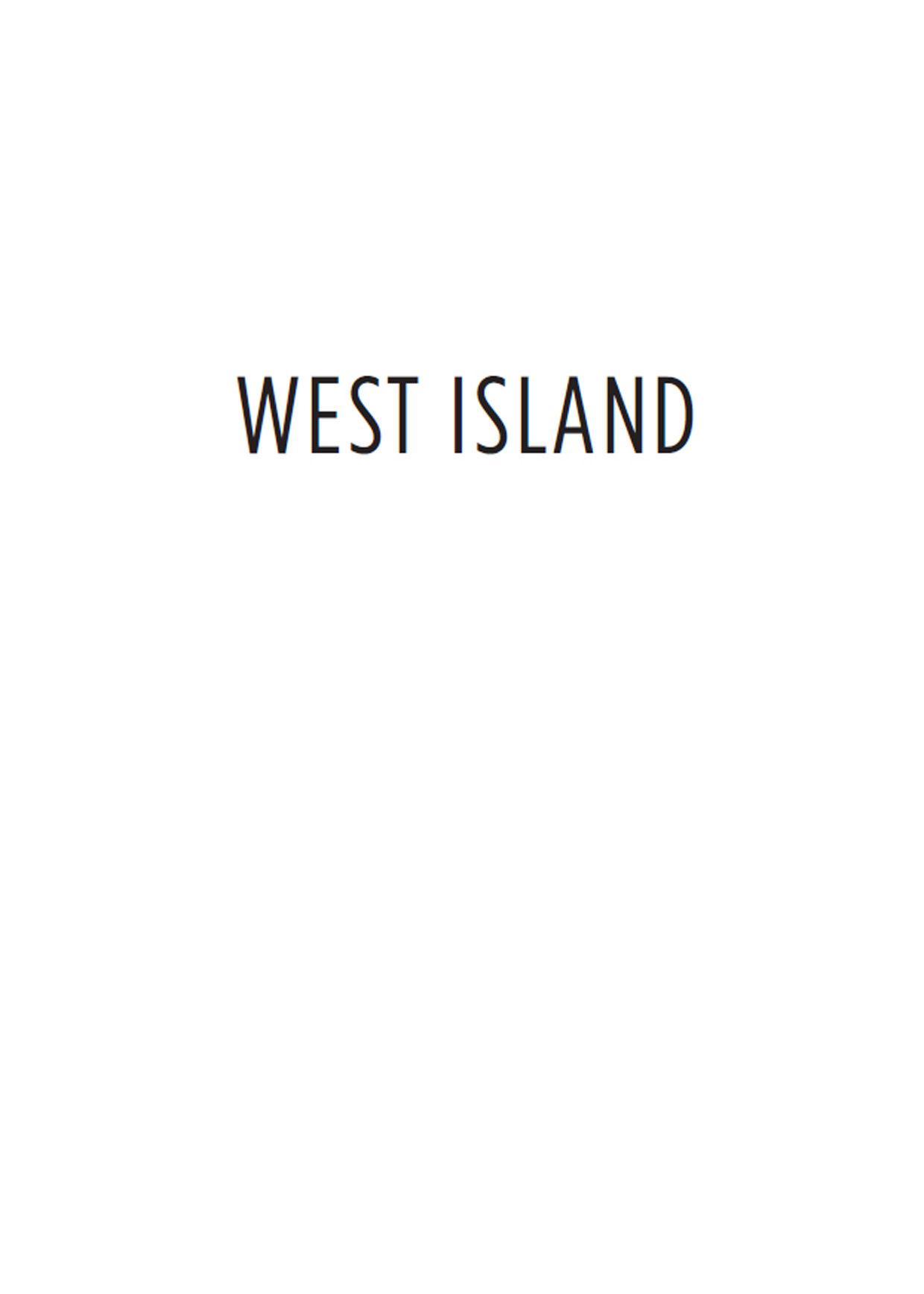A Gathering of New Zealanders and Australians in 1940s Sydney
Dress warmly now, you visitors from the future, because tonight we’re going out into a Sydney winter of around 70 years ago, preclimate change, when the world was several degrees colder. The streets are dark because it’s towards the end of World War II and the city is in blackout. A couple of years ago three Japanese midget submarines entered the harbour and bombarded the port as well as a few houses, taking 21 lives. Afterwards, they scuttled their ships and, in Japanese martial tradition, committed suicide. As if plotting further attacks, the mother subs remained off the coast for weeks, which in Sydney caused real alarm and fear. Children were sent away to safer refuge further west, fathers armed themselves with guns, families moved away. The bodies of the Japanese submariners, when they were recovered from the deep water, were given funerals with full naval honours. People talk disapprovingly about that, not understanding Prime Minister Curtin’s motives: if he treated the Japanese with respect, it might improve conditions for the many Australian POWs, of whom my husband’s grandfather is one.
Curtin’s respect for the drowned Japanese submariners hasn’t worked. The prisoners go on starving to death, the Pacific war goes on with fresh atrocities every day, and even though Sydney has not been attacked again no one is taking any chances.
Watch your step here – the paths are icy and a little uneven.
Down Macquarie Street we go, past the tumbledown Hyde Park Barracks, designed by convict architect Francis Greenway. It will be another 40 years before the handsome building is recognised for its unique beauty and an attempt is made to restore it to its original 1817 state. Next door is the Mint Building which, like the barracks, is in poor condition, giving no hint of its history as the New South Wales branch of the Royal Mint, striking millions of pounds worth of coins from the state’s gold mines. In the 1980s, when Sydney starts to value its nineteenth-century history, this building too will be restored. And here is Sydney Hospital, the oldest hospital in Australasia, with its elegant verdigris-covered cupolae and arched stone porticoes – handsome Victoriana to our twenty-first-century eye but despised mid-twentieth century, and striking fear into the hearts of the ailing for its too-recent past of unrelieved pain. The hospital’s neighbour Parliament House with its long wrought-iron verandas has also rung with yells and screams, all masculine, but in rage or victory.
Next is the new Mitchell Library wing of the State Library, opened just weeks after the submarine attacks. All is in darkness, but we can climb the grand stone steps and pass between the giant Ionic columns to peer through. There are the three bronze-framed double doors that lead to the glassceilinged reading room, and before that the wide marble foyer with its commemorations of explorers and Aboriginal people. This is an era when the building of a new library can comfort and consolidate a city, a state and possibly an entire nation. The Mitchell holds much of the history of Australia, and not a little of New Zealand’s.
Back we go, down to the street and cross into Hunter Street. Note the absence of skyscrapers and the relative quiet of the night. The monstrous late-80s Chifley Tower in Chifley Square – that tower so often miscalled Chiefly by New Zealanders, who not only are more familiar with the concept than are Australians and so misread the word, but also have no reason to remember popular Prime Minister Ben Chifley who will come into office at war’s end – may not yet even be imagined.
Here – turn right at Bligh Street and about halfway along we come to number 19, Strathkyle House Chambers. According to the city records it is an iron-roofed brick building of seven floors and 76 rooms, landlord one S.M. Dempster. In the 1940s it is a substantial building, one of the tallest in this part of town. Most famously, it is the premises of Macquarie Galleries, a
private emporium established in 1925 and one which will survive, in various guises, into the twenty-first century.
Inside we go. Already the gallery is crowded with viewers. Keep an eye out for the artist, Roland Wakelin. He’s not a big man and won’t stand out from the crowd, but he was the first artist ever to exhibit with Macquarie and has returned frequently ever since to exhibit again. Not all the painters who show here can attract so many punters, but Wakelin is well loved and much respected, not only for his early revolutionary paintings but also for the man he is: solid, dependable, decent, a loving husband and father, a true and loyal friend. Not the usual characteristics for an artist – in fact, we could say that some artists born with those traits do their best to dispense with them in order to be taken seriously. By the end of the century the artists’ narcissistic temperament will be desired by many, and not all of them artists. Wakelin is not bothered with any of that nonsense. He is, as it happens, by birth and nature, a New Zealander …
What’s that? How can he be ‘by nature a New Zealander’? He’s not Māori, is he? And even then, how may we attribute certain characteristics to a racial group without risking racism?
Let’s not quibble about that now – we have plenty of time to discuss national characteristics later. They do exist, though acknowledgement of them has fallen from favour.
Observe how newcomers respond to the crowded room. Some have come for the party and so ignore the art, looking around immediately for people they know, or have heard of, or would like to meet. Others go straight to the pictures, as we do.
The closest painting is ‘The Artist’s Wife and Daughter Reading’, 1938, oil on board. It tells us much about Wakelin, how he values domestic peace. He portrays the mother and daughter in warm colours, orange and red, with an earthy wall behind them. The open book and magazine or newspaper are deep cream. There is no visible clock but it’s almost as though we can hear it, slowly ticking away the hours of an afternoon spent with his family. And a little further on, another tribute to life’s simple pleasures, valued by many during wartime. This is ‘Sunday Walk’ from around 1939, also oil on board, with a car and the street disappearing into the infinite distance. There are stairs up to a block of flats, and terrace houses on the other side of the street. It is a late-afternoon urban landscape, with a man and a woman arm in arm crossing the street. Imbued in the scene is a sense of anticipation for the
coming evening. The couple are on their way home, or on their way to visit friends or family. Despite its dark, wintry hues, the painting is comforting, almost cosy.
Ah – I can sense you are impatient to begin mingling and talking, and meeting some of the guests. It’s not every day we can walk through a door into an art gallery of the past. Just one last painting before we get a drink –one of my favourites. ‘Estelle Wakelin Reading’, 1940, oil on canvas. Estelle is Roland’s much-loved wife, and this is one of the works he made as they grew old together. It is a successful marriage, by all accounts. Do you know how they met? It was soon after he’d arrived in Sydney as a young man, and he was living in a boarding house in Kirribilli. One day, as he walked along the footpath under her balcony where she was untangling her hair, she dropped her comb. He picked it up, returned it to its owner and fell in love. Like something from a fairy tale, don’t you agree?
See how he doesn’t flinch from portraying her as she is now – grey hair, glasses, the softening of her jaw line. On a reflective round mahogany table glow flame-like flowers. There is colour too in Estelle’s pink dress and the orange curtains that frame a view of the bright Sydney sky and neighbouring roofs. The painting radiates peace, wellbeing and the artist’s affection for his wife.
Old man’s paintings, you might think. Wives and daughters, afternoon walks. May as well paint his cat.
Well. It’s true that Wakelin is no longer the pioneer and trailblazer he once was, but then not many artists are still trailblazing when they’re in their late fifties. In fact, some people say that Wakelin’s later art is not nearly as interesting as the stuff he began to paint soon after he arrived with all the curiosity and energy of the immigrant. That was in 1912, when he was 26 years old. By the 1920s he was a famous innovator in the Australian art scene, and could count among his friends and colleagues every prominent Australian painter of the era – Roy De Maistre, Grace Cossington Smith, William Dobell, Arthur Streeton, New Zealand-born Godfrey Miller, his close friend Lloyd Rees – I beg your pardon?
Oh yes. Over there, that’s Roland. The tall, thin woman with him? I do believe that’s the communist novelist Jean Devanny. And seated over there, holding court with those young poets, that’s the famous Douglas Stewart. Who would you like to meet first? Jean?
No great beauty, Devanny, but interesting. Very tall and opinionated, abrasive. Cocksure, I’ve heard her described as, which has a number of meanings, if you think about it. Keen on sex. Recently expelled from the Communist Party but I hear they’re thinking of having her back. We haven’t seen much of her lately – she’s been living in Queensland, apparently writing another book. The police up there like to harass her for her political beliefs –they keep her under surveillance. Her husband Hal is still in Sydney and has another woman, which Devanny can’t get too upset about since she was involved for years of their marriage with J.B. Miles, general secretary of the Communist Party. A kind of open secret among those on the left … yes, sorry, gossip. But this circle thrives on gossip! Apart from being a New Zealander, Devanny has one more thing in common with Wakelin – she did her most controversial work when she was young. But then, don’t we all? Her 1926 novel The Butcher Shop, banned in New Zealand, and a couple of her later ones, Cindie and Sugar Heaven, ruffled no end of feathers.
If you’re wanting to get on in Sydney, to succeed, and let’s assume you are – you’re another New Zealand writer, aren’t you? – then Stewart is the one you need to know. Enormously influential. He’s the editor of the ‘Red Page’ in the Bulletin – you can get the Bulletin over there in New Zealand. Stewart grew up in the Taranaki, reading the Bushman’s Bible, as they call the magazine here. The ‘Red Page’ is the literary side of it. And he’s a writer himself, of course. His radio play The Golden Lover won the Australian Broadcasting Corporation competition in 1942, and his book of short stories, A Girl With Red Hair, was published not long ago in New Zealand. The ABC recently performed An Earthquake Shakes the Land. A lot of his inspiration comes from the country of his birth. For instance, The Golden Lover is based on the legend of Hinemoa and Tūtānekai. In our time we’d call him out for cultural misappropriation – but we mustn’t judge these New Zealanders by the standards of the future. Stewart wrote the play with all good intentions and was unaware of any negative Māori response to his work. In fact, a Māori theatre company will perform that play in the 60s. Later, when we spend some time with him, we’ll hear what Witi Ihimaera thought when he read one of Stewart’s ‘Māori’ stories in primary school.
A kerfuffle at the door – and it’s two more New Zealanders. One is Queen of Bohemia Dulcie Deamer, writer and bonne vivante, arriving in her skin-tight leopard-skin suit, which is starting to look a little worse for wear. Later on, after enough liquid refreshment, she may well do the splits. She’s
famous for it. Right now she’s hanging decorously on the arm of journalist Eric Baume, who is wearing one of his 20 ludicrous, fantasy, self-designed uniforms clanking with medals, although he’s seen no active service. As one of his biographers will point out, other men were jailed for wearing medals they hadn’t won. But Baume seems to get away with anything – adultery, appalling novels dictated at tens of thousands of words a day, and false news reports filed during his years as war correspondent. Recently, Douglas Stewart’s ‘Red Page’ published the shortest book review ever, in response to the second volume of Baume’s memoirs, I Have Lived Another Year. The review read, simply:
‘Why?’
Yes, very amusing. By all means, go and chat to them. And as you circulate, you will meet other New Zealanders mingling with the Australians. Following along behind Dulcie is her friend Rosaleen Norton, the Witch of Kings Cross. See how the crowd part to let her through, some of them with real consternation. You couldn’t miss her with her heavy red lipstick and dyed black hair, her colourful clothes – and see, when she smiles, her teeth are filed down to points to match her pointy, witchy ears. And the poets William Hart-Smith and David McKee Wright, the latter unfortunately three sheets to the wind in conversation with Will Lawson – no relation to the more famous Henry. Will is a New Zealand poet famous for his Australian ballads. The renowned black and white artist Unk White, real name Cecil John White, appreciatively cruises the paintings, accompanied by his lifetime companion Sid Keys. The composer Alfred Hill, a classical musician, is here, and over there in full cowboy rig is Nelson-born singer Tex Morton. By the 1940s he’s a pioneering country and western artist, incorporating Australian motifs and imagery into his songs. There are also other New Zealanders who might not be recognised for their work, since they publish under pseudonyms. Bellerive, whose real name is Joseph Tishler, famous Poet Laureate of the Bulletin’s ‘Answers to Correspondents’, and Nora Kelly, who publishes as John Egan. She tried to get her stories published under her own name – but found she had more success as a man. Sound familiar?
That’s quite enough people to meet in one hit. There are a great many New Zealand writers and artists in Sydney in the 1940s – I could go on and on: novelist Ruth Park who will achieve real fame; poets Anne Elder and Elizabeth Riddell who will have small but loyal followings. There are
iconographic photographer Harold Cazneaux, and prominent painters Nancy Borlase, Godfrey Miller and Elioth Gruner. Perhaps we can’t include the latter, since he was only one year old when he crossed the Tasman. I could introduce you to a thousand – but you’d never remember them all. The people we are concerning ourselves with, all first-generation Pākehā (not that that word is common currency at this time), and none of them forgetting where they came from, are Roland Wakelin, Dulcie Deamer, Eric Baume, Jean Devanny and Douglas Stewart.
Why?
In July 2016 I wrote to Tim Curnow, the renowned Australian literary agent and son of New Zealand poet Allen Curnow, for permission to read some of his father’s papers held in the National Library, Wellington. He was curious enough to ask what I was up to. I explained that I was writing a book that spun around five early- to mid-twentiethcentury New Zealanders who made their homes in Australia, all of whom to a greater or lesser extent became household names in their new home and all of whom, pretty much, are forgotten. ‘An odd collection of people,’ he responded. He did not ask the question the Bulletin’s review asked of Baume, but others have.
‘Why?’
The answer is complex and also, in some ways, extremely personal.
Like many New Zealanders I have a strong affection for Australia, both for its land and its people. My husband Tim Woodhouse is Australian and my son, the singer-songwriter Skyscraper Stan, is a contemporary equivalent to any of the young musicians who might have curiously come along to the Macquarie Galleries in the 1940s. Had he been born some 90 years earlier, Stan may well have been there, along with his cousin, singer and guitarist Oskar Herbig, and who knows how many hundreds of others. My generation wore a jet trail across the Tasman to Sydney. Stan and Oskar’s contemporaries go to Melbourne. Much like Auckland, Sydney has been ‘Manhattan-ised’ – that is, rents and the general cost of living are far too high for young New Zealanders arriving with small savings and a currency perennially worth less than the Australian. Despite the rapidly rising cost of living in Melbourne, that city somehow retains its Boho artistic character.
The music scene thrives in the face of multiple closures of longstanding venues in gentrifying areas. Alternative theatre struggles on, despite savage cuts to the federal and state arts budgets. To New Zealand eyes, there are jobs in every field advertised in dazzling numbers. Our young travellers try their luck: Melbourne is their Mecca.
How many of them, packing their bags and taking the flight, contemplate how they are the present manifestation of a long procession of New Zealanders who did the same thing? In the first decades of the nineteenth century, we made our way by barque and clipper, trading seal fur, kauri spars and flax. It was around this time that Māori began visiting Australia, sometimes taking up residence, in ever-increasing numbers. By the early twentieth century Māori were so much a part of the Australian scene they were included in the celebrations for Federation. Marjorie Quinn, a Sydneysider, wrote in her memoir:
When Federation was proclaimed on 1 January 1901, there was an elaborate procession through the streets of Sydney, starting at 11 am from the Domain Led by shearers, there were many floats illustrating aspects of Australian life Maoris sat statue-like on great horses; there were Indians on their spirited horses, superb figures There were bursts of thunderous applause from crowds of onlookers [The procession] passed along Macquarie Street under decorated arches of coal, wool and wheat, and moved toward St Mary’s Cathedral.1
Quinn’s almost subconscious inclusion of Māori in this description is perhaps proof of public awareness of the deliberations concerning the inclusion of New Zealand in the Federation. It was decided that it would not be, and this led to lengthy trade negotiations between the two nations. More curious in Quinn’s description is the absence of Aboriginal people. That they were omitted from Federation celebrations demonstrates, yet again, how ignored and marginalised the first Australians were.
Many of the New Zealanders past and present who thrived and prospered across the Tasman allowed history to forget that they were born much further south. They either felt no strong affiliation with the country of their birth or wanted strongly to be accepted as genuinely Australian. The five New Zealanders who are the subjects of this book did not forget their origins. Even so, they are, for the most part, forgotten at home. This is a common phenomenon. Make it big across the ditch, and back in the archipelago it’s as if you were never born at all.
While New Zealand writers and artists who came to prominence in Australia are likely to be ignored at home, almost out of spite, in the literary
world this established pattern was recently disrupted. In 2016 our one and only book prize, the Ockham, was awarded to Stephen Daisley, a New Zealander by birth who has lived all his life in Australia. The year before, the Michael King Award, a $100,000 grant made to enable a writer to work on a non-fiction project for two years, was awarded to Martin Edmond, a New Zealander who has lived in Sydney for more than three decades. Both are excellent writers, so whether they were deserving recipients is not debatable here. What is curious is that these awards were made to expatriates who have access to far greater and more numerous funds in their richer, adopted country and, further, that there was very little kvetching from their much poorer and equally deserving resident peers.
I have chosen my five subjects from the many contenders not only because they retained their national identity but also because they were all, curiously, through mother, father or both, first-generation New Zealanders of European descent. Their families had not been in New Zealand for long enough for a strong sense of national identity to have developed, yet they believed they had one. They were New Zealanders. Whatever their difference or particular fields of creative endeavour, they shared the common attribute of wanting to define themselves as fundamentally different from the Australians among whom they lived and worked. They may even have shared the same opinion, deep down, that New Zealand was superior to its giant neighbour culturally, politically and geographically: a kind of small island arrogance that would never be tolerated in Australia. Or could it have been part of the early conviction, now weakened, that no matter how recently your family had established itself in New Zealand, individuals have every right to lay claim to the soil as deeply and spiritually as do tangata whenua?
When Dulcie Deamer left New Zealand in 1908 the country’s population was nudging one million, an increase of 120,451 from the census of 1901 seven years earlier. This contrasts wildly with immigration in our time, the biggest onslaught since the nineteenth century: over five hundred thousand new chums in the nine years of the Key administration, and these only the immigrants who have been granted permanent residency. The true number is much higher. In the face of this influx, many non-Māori experience a sense of dislocation and alarm that approaches the lower slopes of Māori upheaval during and since colonisation. Overwhelming development to house the new arrivals occurs all over the country in places that are held commonly as a kind of public tūrangawaewae – around once pristine lakes and rivers
already suffering from a bovine population explosion, and around our wild coast. Wealthy Americans, twenty-first-century Riddifords and Butlers richer than the locals, buy up the South Island. In Auckland the nineteenth-century fear of ‘blow-ins’ from New South Wales, venal and probably of convict descent, is mirrored by widespread disconcertion at the arrival of Chinese, Taiwanese, Thais, Malays, Koreans and all others we clumsily think of as ‘Asian’, a word that begins to take on the British meaning that includes Indians.
Over the years my Pākehā subjects emigrated west, New Zealand was Māori and European, with a small Han Chinese population. Dulcie, Doug, Eric, Jean and Roland understood what they were part of, and what they were leaving behind: an imported hodge-podge of mostly Irish, England, Scottish and Welsh who had achieved a degree of homogeneity alongside a mostly geographically distant Māori presence. None of the subjects I have chosen for this book is Māori because I am interested in how a national identity rises among recent immigrants, who then migrate somewhere else within the memory of two generations. Māori have an enviable right to belong in Aotearoa.
In a Listener interview of 1999 I talked about Pākehā guilt and remarked how I had always envied Māori their sense of belonging, just as many nonMāori do. When actor Rawiri Paratene told me that Pākehā guilt had always been advantageous for Māori in their need to retain land and conserve their culture, I felt that I had at last been of some use. Many of my novels have Māori characters and I have not stepped on any toes, as far as I am aware.
For much of my adult life I felt seared by guilt for the actions of my forefathers. Great-great-granduncle Thomas Henry Smith was a judge in the Native Land Court, a fluent speaker of te reo, whose second, much-loved wife was Māori, but nevertheless he acted on the part of the colonial government in freeing up land for British settlement. Among his papers in the Auckland War Memorial Museum are letters to his brother full of discomfort and anguish after the passing of the 1865 Native Land Act, which enabled individual Māori to sell land without consultation with iwi or hapū. Smith was aware of the devastation the new legislation would incur but went ahead regardless.
On my maternal side, a great-grandfather was a timber miller, responsible for the loss of hundreds, possibly thousands, of acres of virgin bush in the Kaimai Ranges and the Mount Pirongia district in the late nineteenth and early twentieth centuries. In his time the bush was there to be conquered, torn down, replaced by cattle and sheep, corn, passive pastureland, orchards and pine. There was a widely held misconception that the forest would rejuvenate, that it was in endless supply.
To have ancestors responsible for such ‘crimes’ is not unusual in postcolonial societies. If your family is of several generations’ standing then it is likely that at least one pale-skinned antecedent is responsible for helping to destroy the natural environment or of acquiring land by nefarious means. Those of us of successive Pākehā generations can only lobby governments for recompense for Māori loss and support ongoing Treaty reparations.
Soon after my son returned at age 21 to live in the land of his birth but not his upbringing, he remarked during a phone call that he had felt his guilt slough away. Stan started school in Auckland in 1993, a time when it was possible for Pākehā children to believe that they had no ‘culture’, or at least none worth preserving, and that they were in some way personally responsible for the ongoing disparities between Pākehā and Māori in health, education and employment. He felt this keenly, as did many of his non-Māori friends from this time.
Guilt on a national scale does neither side any favours. It lessens us, makes us into boobies, and clouds the issue with emotion that is not constructive. It could be argued that it was a toxic by-product of this guilt that got Don Brash up on the stage for his infamous 2004 Orewa speech to the local Rotary Club. In some twisted way, he could have been trying to scorch a deep, unacknowledged sense of guilt by assuming a higher moral ground. Otherwise, why would a supposedly intelligent, informed man make accusations about Māori having ‘special treatment’? On the lighter side, it is perhaps insidious guilt that creates the character that is the butt of so many jokes in Australia: the quiet, indirect, apologetic New Zealander. Vincent O’Sullivan, a senior and much-loved New Zealand writer who frequently spends periods of time across the Tasman, tells a story of how an Australian once remarked to him that if you step on a New Zealander’s foot he’s the one who says sorry.
So much for guilt. What about envy, which is the other side of the same coin? It’s simple really. Māori belong in New Zealand. There was a lengthy
period in our history when the plight of the Moriori was used to equalise Māori and Pākehā. We were the second colonisers, doing to Māori only what they had done to Moriori, but more humanely. School children were taught from the early twentieth century on a version first enshrined in a 1916 School Journal that Moriori were an inferior race, darker and with flatter noses, and that they had all died out. That myth has itself died out now – we know that Māori settled New Zealand in successive waves from Hawaiki, and that Moriori were the earliest wave some centuries before.
‘We’re all immigrants,’ say New Zealanders opposed to further Treaty settlements. Arguments wax and wane about the exact number of years Māori were here before ‘us’. Historian Michael King pegged it at about six hundred; some Maori scholars believe it more like a thousand. The length of time is surely irrelevant. The point is, Māori are Pacific people and those of us whose ancestors came later in the nineteenth century are not. I would love to be able to stand on New Zealand soil and feel that I absolutely belong. The fact that I feel little or no connection to Britain doesn’t bring a corresponding genetic claim to the islands of Aotearoa. It means, despite my relative acknowledgement as a New Zealand writer, and the whakapapa of seven family generations born here, that I truly belong nowhere.
In 2008 I made a trip to London for the final stages of research for my novel The Open World, a fictionalised account of the life of my great-greatgreat-grandmother Elizabeth Horlock Smith, mother of Thomas Henry. One evening I went out to dinner with academic and New Zealandophile Dr Ian Conrich. Through much of the 1990s and early 2000s, Dr Conrich championed New Zealand culture in Europe and the UK, establishing the now-defunct Centre for New Zealand Studies at Birkbeck College, University of London, and organising conferences that highlighted the work and achievements of New Zealand writers, film-makers, academics and artists. The evening after I had given a lecture at the centre, he and I went to a restaurant in Islington called Gallipoli. My ancestor, before she boarded the Tomatin in 1841 as part of Bishop Selwyn’s party, had lived in rooms in Cross Street, a stone’s throw away. I told Ian about that as we ate our falafels.
‘You’re a real Londoner!’ he exclaimed. ‘My family came here from Poland after the war. You’re more of a Londoner than I am.’
A sudden, powerful sense of belonging infused my veins, a delicious, golden feeling of belonging that I had never known before. These are the
streets my ancestors trod. I need feel no guilt. This is my place.
The epiphany fled as quickly as it had arrived. That granny was a long way back and, when you do the sums, each of us has sixteen great-greatgreat-grandmothers. Who were they, really? The others could have come from anywhere.
When I interviewed the Chinese writer Xu Xinran at the 2015 Auckland Writers’ Festival, she told me she was sure I had Chinese ancestry. When I spent time in London with the Aboriginal activist Bruce Pascoe he asked me several times if I was Māori. Māori friends have asked me the same question. I have never had the controversial racial heritage swab test to prove I’m anything other than another member of the drifting, white-skinned, blue-eyed diaspora. Family lore, patchy as it is, doesn’t take in an ancestor from anywhere other than the British Isles.
My husband’s family have been in Australia for far less time than mine in New Zealand, but still, when my son went to live there he felt immediately at home in the same way, I imagine, as did Wakelin, Deamer, Baume, Devanny and Stewart.
Roland Wakelin
BORN GREYTOWN 1887, DIED SYDNEY 1971
ontemporaries Roland Wakelin and Dulcie Deamer grew up in small neighbouring towns in the fertile Wairarapa Valley, northeast of Wellington over the Rimutaka Ranges. Locals in the district refer still to the Rimutakas as ‘the hill’ – a vivid example of New Zealand understatement, once a celebrated cultural trait. The Rimutakas are craggy and forbidding and in the depths of winter may be made impassable by snow. The road, which has a summit of 555 metres, winds around precipitous corners and climbs steep slopes; accidents are common. Keen trampers can almost double their ascent by climbing to the top of 940-metre Mt Matthews.
It was in 1856, 30 years before Roland’s birth, that the first road, little more than a bridle track, was opened to take wool and prodigious Wairarapa produce into Wellington. It was 1917 before the road was widened and the mid-30s before it was sealed.
For little Roland and Dulcie, then, Greytown and Featherston were isolated towns, servicing the farms and orchards of the district. The railway was the main means of land transport and Wellington the nearest metropolis. Today, Greytown is one of a chain of small towns on the northern side of the Rimutaka Ranges that have been gentrified, to greater or lesser extents, by an influx of money from viticulture and retirees from Wellington and further afield.
The main street of Greytown has been almost universally renovated to reflect the town’s Victorian and Edwardian past. Cafés, gift shops and boutiques appeal to tourists’ sense of nostalgia as well as to their pockets. At a midpoint stands Wakelin House, a small villa with kauri floors and doublehung windows, which serves as both a restaurant and a delicatessen selling
local produce. On the day I visited, in the winter of 2016, nobody on the premises could tell me why the house carried the name, or whom it was named after. It was a demonstration of the lack of curiosity and memory that has often characterised New Zealand, as if what Pākehā history we have is not worth hanging on to or is embarrassing to recall. The history of our early settlers in particular brings conflict: should we be proud of the courage and hard work of the pioneers, or condemn them for ‘invasion’, which better describes ‘colonisation’, and for the catastrophic disease and poverty suffered subsequently by Māori? It is this powerful moral dilemma that forms the main engine of the current amnesia.
In fact, Wakelin House by circuitous route takes its name from Richard Wakelin, Roland’s paternal grandfather, who was a town founder. In 1850 he and his wife Mary arrived in Wellington on the barque Eden, the last of the New Zealand Company ships to bring new immigrants. They had with them four of their eventual five children. Richard left behind an established career in journalism and activism. As an 18-year-old, and then again at the age of 22, he had made tours of America speaking on temperance. He was a Chartist, an early forerunner of the trade union movement. It is curious, given the image many of us have of the hard-drinking, take-no-prisoners men of the later union movement, that these two forces – prohibitionism and workers’ rights – were once so closely aligned. Grandfather Wakelin’s conviction, like that of many others, was spawned and nurtured by rage against the Stamp Tax, an attempt by the British government to control the proliferation of newspapers. Each publication was subject to an initial tax of £500, a vast sum in those days, and then a penny a copy thereafter.
The paper Wakelin was editing at the time of his departure for New Zealand, The Temperance Gazette, would have struggled to make a profit, even though the temperance movement was strong. It was particularly well supported by women, many of whom would not have had the financial independence to contribute to his funds. Life was hard and Wakelin may well have been looking for escape. Fortuitously, he knew about the New Zealand Company, having long been interested in the activities of the Wakefield brothers. We can imagine that he had heard or read the name, so similar to his own, and it had lodged in his memory. He might also have thought that New Zealand was a country more in tune with progressive politics and aspirations than England. This was a period when the dream of New Zealand was of a paradise in which the rights of Māori would be respected, where the rigid,
moribund class system could be disbanded. It is ironic that he was attracted to the Wakefields, given that they, more than anyone, were responsible for a kind of vertical immigration where servants accompanied families of means: the class system unloaded at the port along with their boxes and effects.
For a short period after the family’s arrival in Wellington the Wakelins took up residence in Te Aro. Richard Wakelin had dreams of starting a public school and wrote to Governor Grey with his proposal. Grey, impressed by his erudite letter, suggested that he instead write for the Wellington Independent. Wakelin, mindful of the needs of his wife and four children, abandoned his earlier ambition, as Grey suggested, becoming the Legislative Council reporter for that paper which, in a sense, still survives: the Dominion Post can trace its ancestry to the Independent. By 1853 Richard Wakelin had risen to editor, a position he would hold for the next three years.
Donald McLean is a highly controversial historical figure. In the year Roland’s grandfather became editor, McLean was appointed Chief Land Purchase Commissioner in the newly established Land Purchase Department. Previously he had acted as Native Secretary, a role which had itself evolved out of the Protector of the Aborigines. The Native Secretary was supposed to protect Māori interests. When the land purchase commissioner position was amalgamated with the secretarial role, any notion of protection was officially dispensed with, which suited McLean. In his own right he became a landowner of spectacular greed, buying up vast tracts of land in the middle of the North Island. For this he was widely disliked by Pākehā as well as Māori. ‘That scamp McLean’, as my ancestor Elizabeth Smith described him in a letter to her son, who knew him well.1 In the early 1850s, by fair means but mostly foul, McLean was getting hold of land in the Wairarapa.
In anticipation of McLean’s success, the Wairarapa Small Farm Association was formed in Wellington. Richard Wakelin and his brother Thomas became staunch supporters, using money they had brought with them from England that was probably part of their inheritance. Here they could abandon, or at least dilute, their previous politics and become approximations of squires. Each was awarded a 40-acre (16ha) block, which included a ‘town acre’ – an acre inside the new town limits. Not one but two new towns were planned, Greytown and Masterton, and both were to take the shape of the cross.
Roland’s father, Richard Alfred Wakelin, would have been 10 or 11 years old when the family finally made it over the Rimutakas to take up their new
life in the Wairarapa. At five years of age, he had made the rigorous and no doubt character-building voyage from England. He would grow to be a man of great energy and innovation. Father to six sons and a daughter, he was a popular and hardworking member of the community. Not only was he a local councillor who served twice as mayor of Greytown but he was also a successful builder and sawmiller. The original Greytown hospital, the town’s Bank of New Zealand, St John’s Anglican Church in Featherston, and various farmhouses and cottages were designed and constructed by him: the builder architect was the norm at the turn of the last century. Many of these buildings still stand and form part of the historical appeal that draws thousands of tourists, some of them, like I was, curious about Wakelin House on Main Street. Greytown historian Frank Fyfe suggests that the cottage was built by Thomas in anticipation of his brother’s arrival in 1856, and that it accommodated the family for many years, being incorporated into a bigger structure in 1872.
Roland Wakelin the artist inherited many traits from his father, adherence to the work ethic being one of them. As a boy, he would have seen his father working on building plans, and perhaps the sight of him bent over great sheets of paper, pen and ink at hand, planted the seeds for his own future as an artist. Or possibly the greatest family influence on Roland, at least in terms of his deciding to become an artist, was his paternal uncle George, farmer, wood carver and watercolourist. In an interview of 1967, Wakelin recalled how his uncle had scandalised the district: ‘When my Uncle made his Nude Woman, which he placed alongside a bird bath, there was a hell of a to-do in that little village I remember.’2 The nude woman had companions. There was a giant Māori warrior, which would no doubt not meet today’s exacting kaupapa. From the top of the nearby gateway a wooden Ajax shook his fist at a bolt of lightning. A life-size wooden woman bending over a washing tub was so realistic that a lost American tourist on horseback stopped to ask directions of her and was even more convinced of our taciturn national character when she refused to answer him. Today, the only surviving carvings are proudly displayed in the Greytown Museum. They are a crouching lion and a praying Florence Nightingale. They have been painted rather garishly, with what looks like house paint.
A further influence not to be underestimated is Roland’s second name, Shakespeare. Grandfather Richard believed himself to be descended from the Elizabethan playwright. Great things are expected of Shakespeares and the
name was distributed around the family. Perhaps bearing the moniker aided Roland in believing he could become an artist.
Members of the family recognised his talent early on. His brothers Norman and Francis bought him his first oil paints and boards when he was 13. Two years later, Roland won a scholarship to Wellington Technical College. The whole family shifted from Greytown to Wellington so that he could make the best of his opportunity. In Wellington Roland studied for the Civil Service Exam, which he passed in 1903, and went out to work for the Taxation Department. His wages enabled him to take art lessons at the Technical College. He recalled, ‘Things were cheap in those days, I took a room, managed to rent a house for next to nothing with a number of other art students. There we had our life classes on most nights and on Saturday and Sunday. We paid model fees as well, and ate well enough.’3
This was to establish a pattern that would sustain him for most of his life. Wakelin, like all of the subjects in this book, worked for a living at the same time as practising his art. Arts council grants didn’t exist on either side of the Tasman and, even if they had, Wakelin may not have felt he deserved to take advantage of them. He worked out ways of supporting himself and his family until his late middle age, when at last he was able to stop either teaching or working as a commercial artist and focus solely on his art. He may well have agreed with Baume that the notion of state sponsorship for the arts is an abomination. Many New Zealanders of the period held that position, on both sides of the political camp. You sank or you swam. You valued your work –or tried to – by the value the market put on it.
Five more years were to pass in Wellington before Wakelin made the trip west to Australia. In the interim, he rented a light-filled studio upstairs from a draper’s shop, and studied under Henri Bastings and H. Linley Richardson. These, his earliest tutors, are widely believed to have had little or no influence on his work. A closer examination shows this not to be the case.
Bastings was a Dunedin-born, Sydney-trained architect who also worked as a draftsman in Melbourne. When he returned to New Zealand in 1910 he established his own architectural practice in Greymouth before moving to Wellington in 1915, but painting was possibly always his greatest love. He exhibited with the New Zealand Academy of Fine Arts from late in the nineteenth century, and served as the academy’s secretary until 1910. A 1916 photograph shows him as an older man in a stylish Homburg hat and a nicely cut coat with the collar turned up.4 He has a direct stare and a full moustache.
Few of his paintings survive, but those that do – for example, his oil of Dunedin’s promontory Lawyer’s Head, asking for a new owner in 2016 –show him as a conventional landscape painter.
H. Linley Richardson was better known than Bastings and also far more radical. Born in England in 1878, he trained in London and Paris before settling for seven years in London from late 1900. He did well, prospering as an artist and teacher, painting and illustrating books and magazines. So respected was he that in 1905 he was elected a member of the Royal Society of British Artists. But he must have been hankering for change, as only two years later he was appointed art instructor at the Wellington Technical College. Newly married, he voyaged across the world to the country he would call home for the rest of his life. H. Linley Richardson was remembered by those who knew him as a disappointed, sad man. He perhaps spent too much time wondering why he had ever got on the ship that took him away from the bright lights, and yearned for the life he might have led if he’d never left – a common ex-pat British malaise that persists even when fame is unlikely.
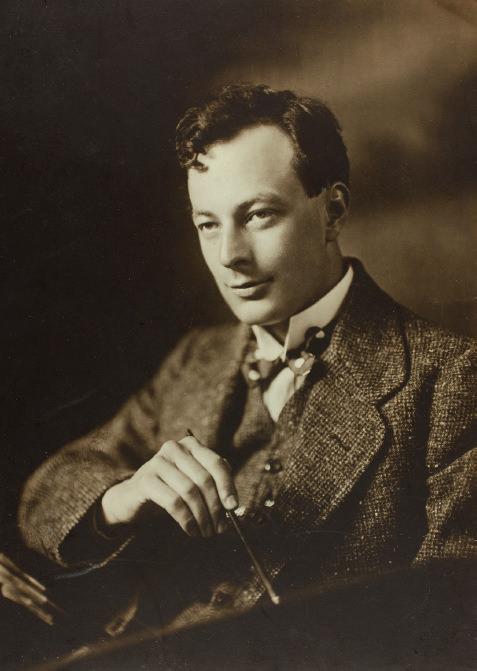
Roland Wakelin as a young man. The date of this portrait is unknown, and it could have been taken in either Wellington or Sydney. The photographer, May Moore, was a New Zealander who emigrated to Australia in 1910 and set up a successful studio.
May Moore photographer, Art Gallery of New South Wales
Wakelin’s early landscapes have much in common with the almost universal style of landscape painting in the late nineteenth and early twentieth centuries. Richardson, at the time of their association, had not yet begun
